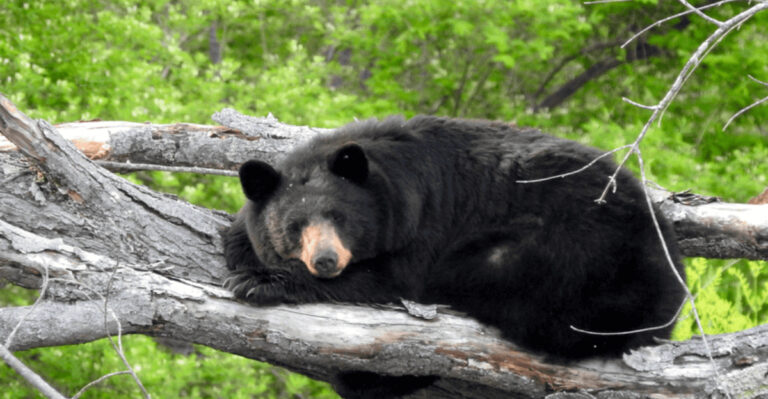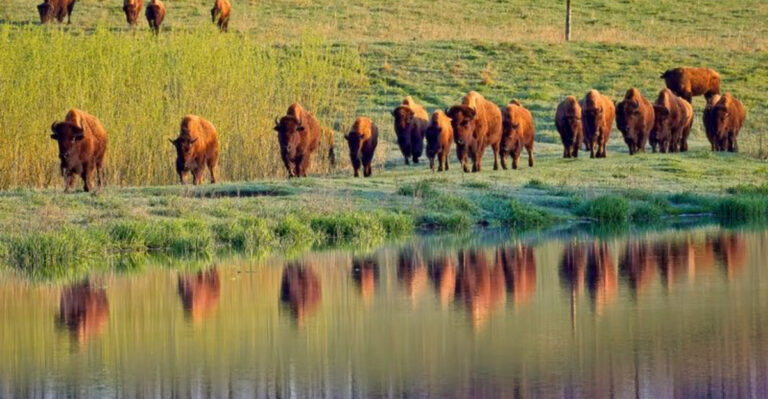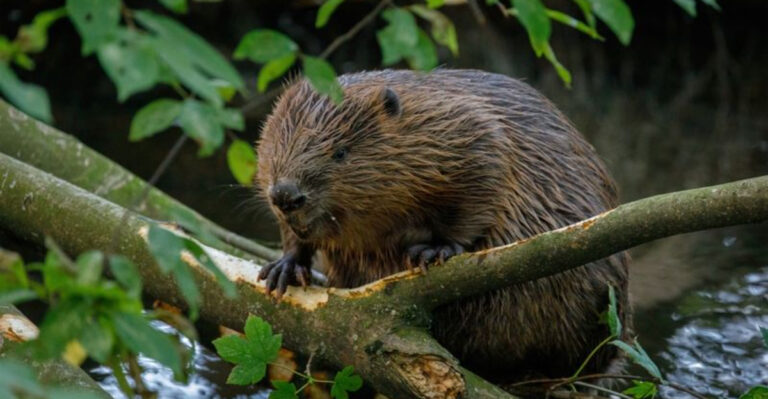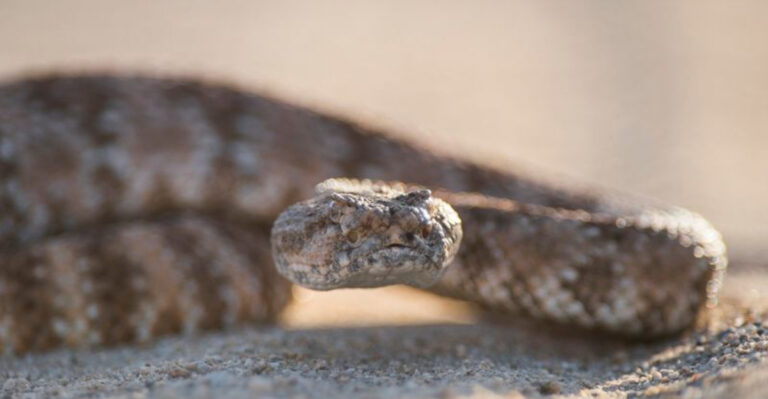17 Dangerous Animals That Pose No Threat To People
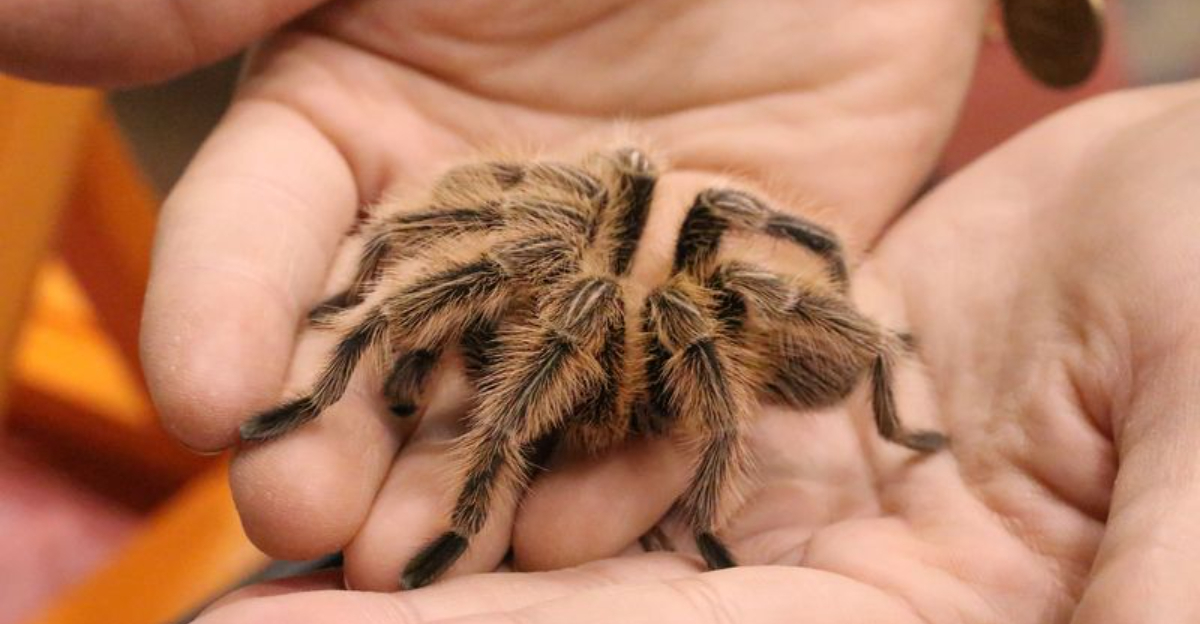
Prepare for an intriguing exploration into the animal kingdom, where ferocity often meets unexpected gentleness.
Despite their fearsome reputations, these 17 formidable creatures are surprisingly harmless to humans. Get ready to have your perceptions challenged as we uncover the misunderstood natures of these animals, proving that danger isn’t always what it seems.
1. Great White Shark
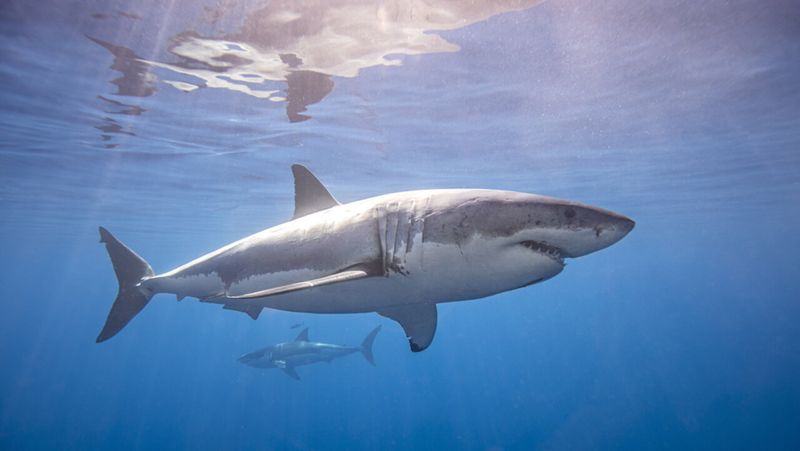
A legendary predator of the deep, the great white shark’s presence is enough to send shivers down one’s spine. However, these oceanic giants rarely pose a threat to people.
Their encounters with humans are typically out of curiosity rather than aggression. Despite their fierce appearance, they prefer to dine on seals and fish.
2. Tarantula
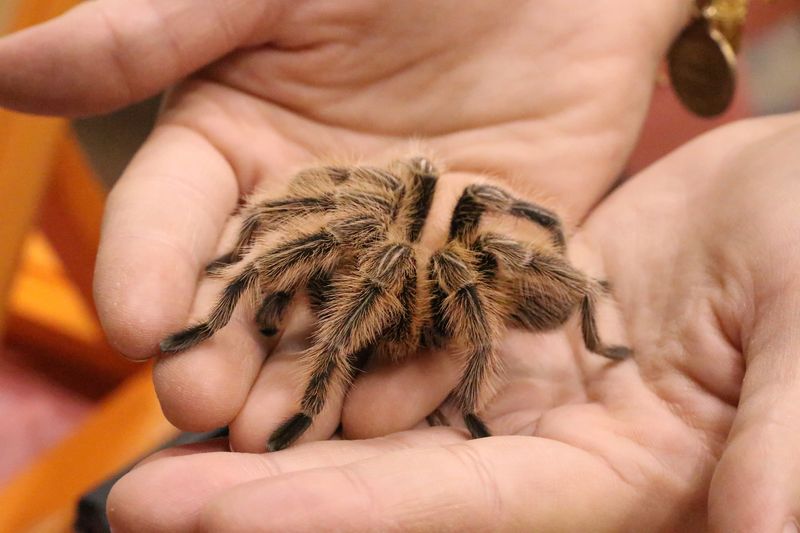
With its hairy legs and ominous appearance, the tarantula may seem like a nightmare come to life. Yet, these eight-legged wonders are actually quite docile, biting only in self-defense.
Their venom is comparable to a bee sting, far from deadly to humans. Tarantulas are more interested in insects than in terrifying anyone.
3. Komodo Dragon
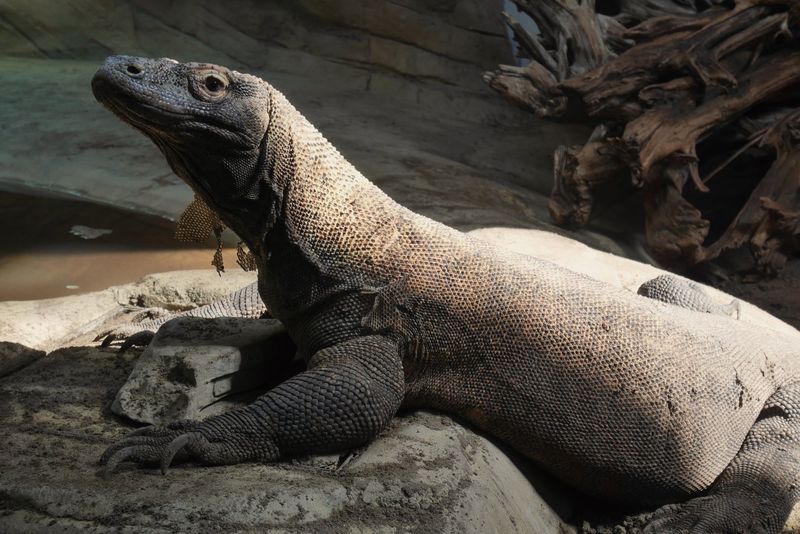
Komodo dragons, the world’s largest lizards, look like something out of a prehistoric age. Despite their fearsome looks and powerful bite, attacks on humans are rare.
They prefer to hunt deer and wild boar. These solitary creatures are more likely to retreat than attack when encountering people, preferring the solitude of their islands.
4. Wolverine
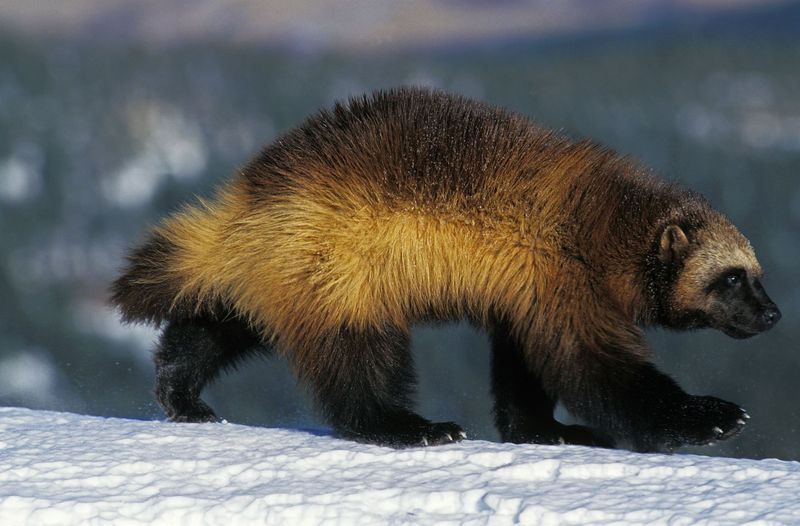
Often mistaken for a small bear, the wolverine’s ferocity in the wild is unmatched. Yet, confrontations with humans are exceptionally rare.
Known for their fearless nature, these creatures are solitary and elusive, preferring remote areas. While their reputation is fierce, they have little interest in humans, focusing on survival in harsh climates.
5. Pufferfish
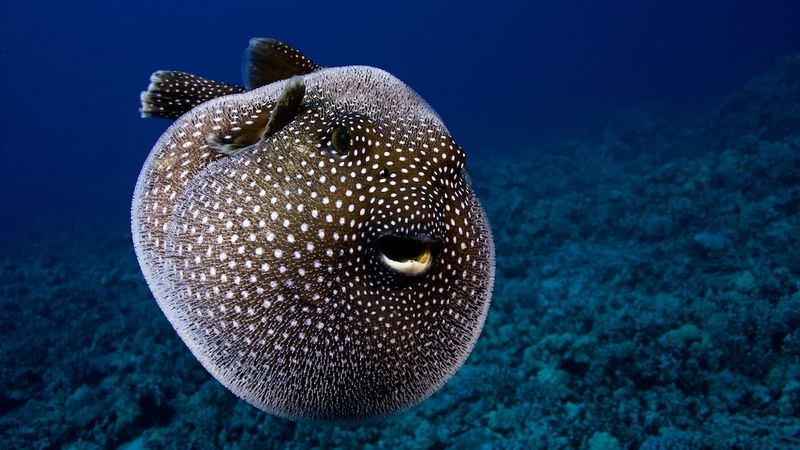
The pufferfish’s ability to inflate into a spiky ball is nature’s clever trick. While they carry potent toxins, these fish are not aggressive towards humans.
Their defense mechanism is used to evade predators rather than to harm. Pufferfish prefer peaceful coral reefs, where they contribute to the ecosystem’s balance and beauty.
6. Cassowary
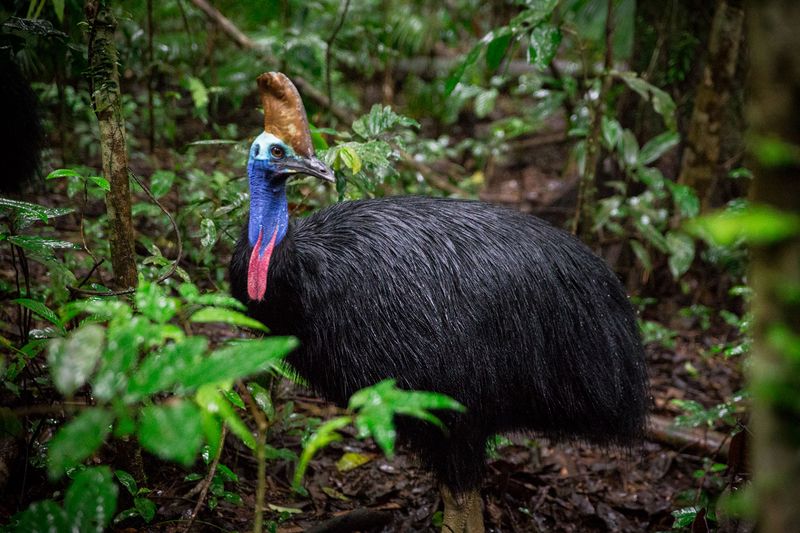
Considered one of the world’s most dangerous birds, the cassowary’s striking appearance is matched by its powerful legs.
Despite this, attacks on humans are extremely rare. These shy birds prefer the solitude of rainforests, where they forage for fruits. Their role as seed dispersers is vital, and they avoid human interaction whenever possible.
7. Gila Monster
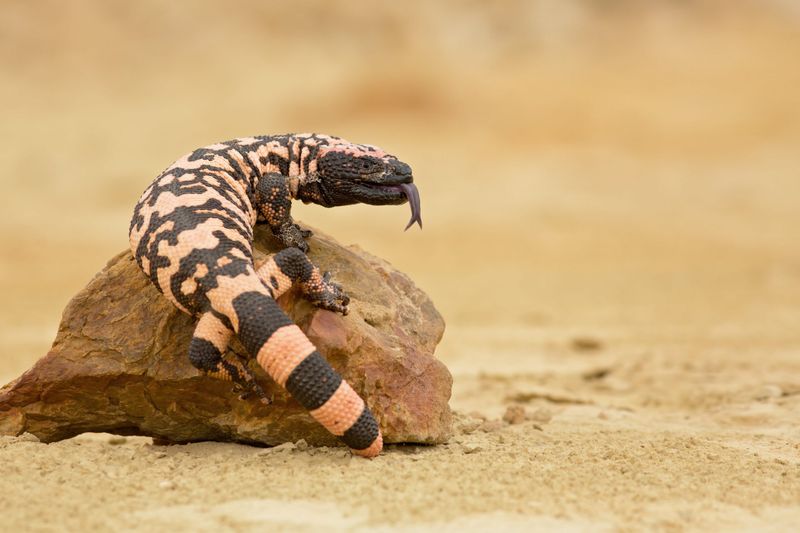
The Gila monster, with its striking orange and black markings, is one of only a few venomous lizards. Despite its venomous capabilities, it poses little threat to humans, as it is slow-moving and reclusive.
These lizards use their venom to subdue prey such as small mammals and birds, avoiding human contact whenever possible.
8. Tapir
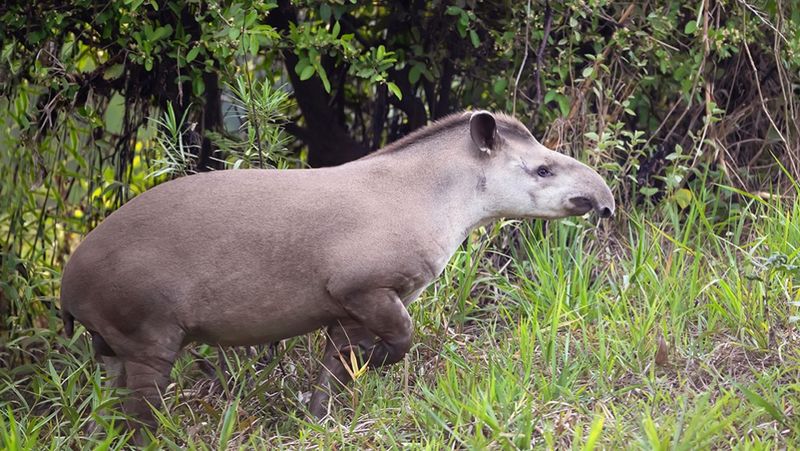
With a body resembling a cross between a pig and an elephant, the tapir is a curious creature. Their gentle nature makes them harmless to humans, and they spend their days foraging for vegetation.
Known for their shy demeanor, tapirs play a crucial role in forest ecosystems, spreading seeds through their droppings as they wander the terrain.
9. Bison
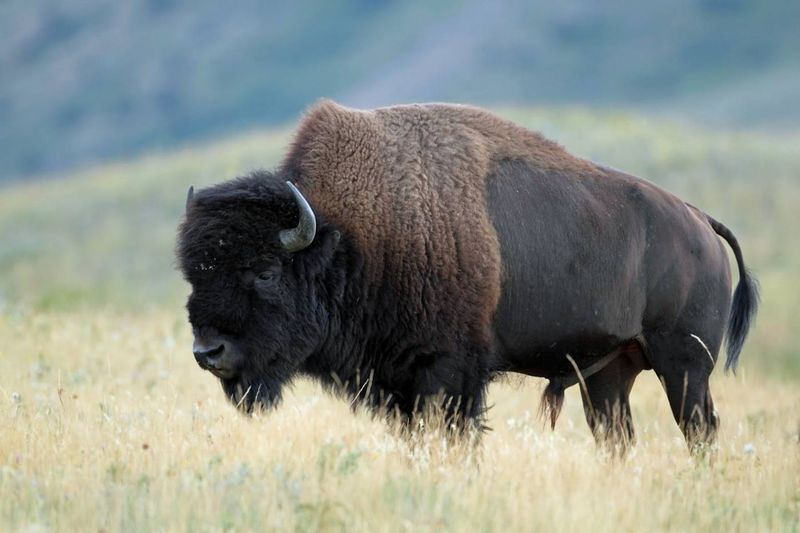
The bison, a symbol of the American West, is an imposing figure on the plains. Despite its size and strength, bison are generally peaceful creatures, grazing on grasses.
Conflicts with humans are rare and typically occur when they feel threatened. These majestic animals prefer the open spaces, where they roam freely in herds.
10. Mosquito
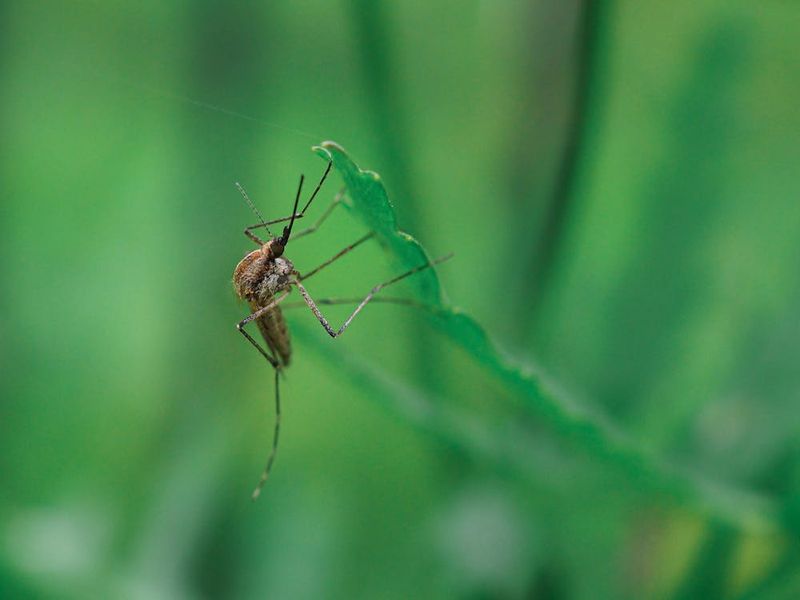
Often considered one of the deadliest animals due to disease transmission, mosquitoes themselves pose no direct threat to humans.
Their bites are merely a method of feeding. The real danger lies in the pathogens they may carry. Mosquitoes are more of a nuisance than a predator, contributing to various ecosystems as a food source for other animals.
11. Poison Dart Frog
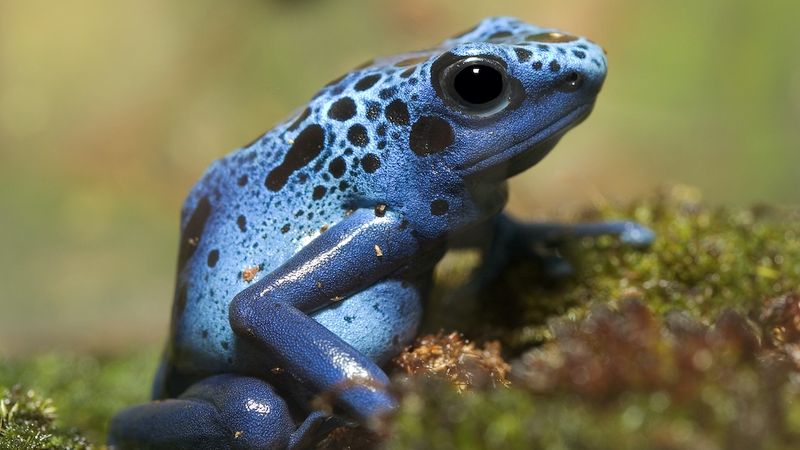
Despite their name and vibrant, warning coloration, poison dart frogs are not a threat unless touched. Their toxins develop from their diet in the wild, and in captivity, they pose no risk.
These tiny amphibians are more likely to hop away than cause harm, adding a splash of color to their rainforest homes.
12. Elephant
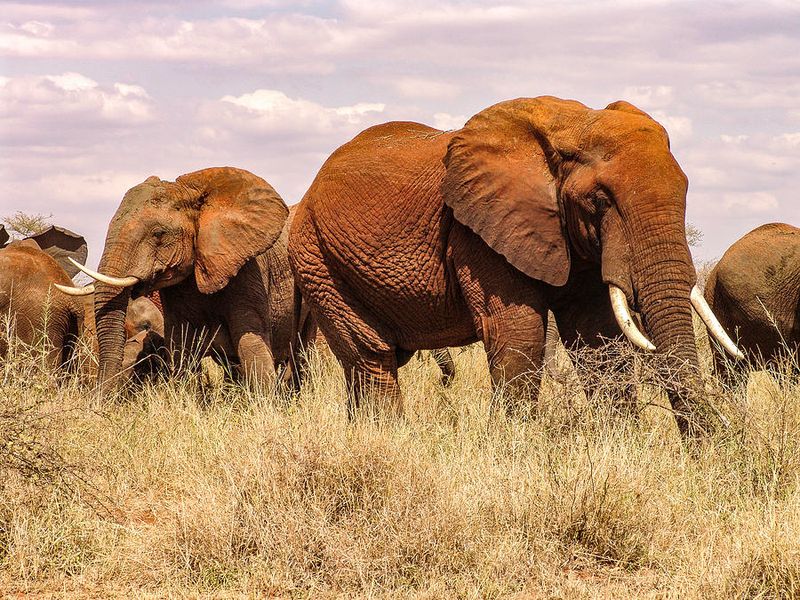
With their enormous size and strength, elephants could easily be seen as dangerous. Yet these gentle giants are known for their intelligence and complex social structures.
They prefer peaceful coexistence with humans, unless provoked. Elephants contribute significantly to their habitats by shaping the landscape, creating paths, and dispersing seeds.
13. Stingray
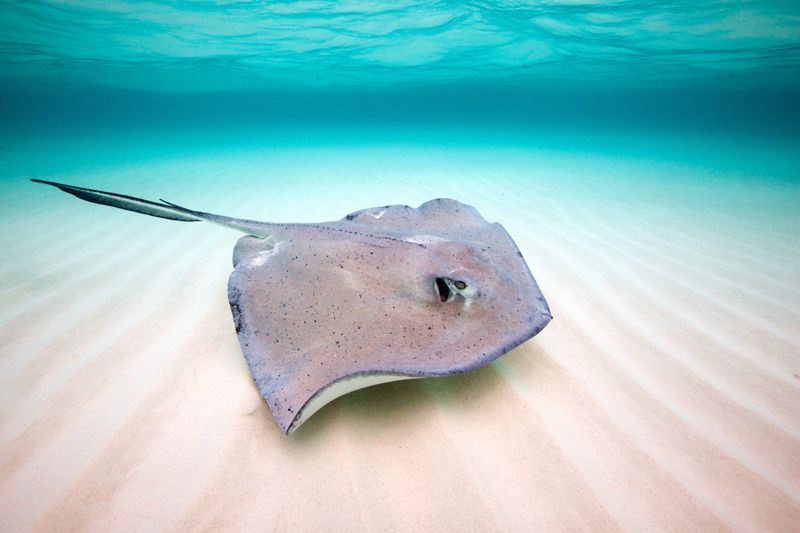
Stingrays may possess venomous barbs, but these are used defensively. Attacks on humans are rare and usually accidental.
They glide gracefully along ocean floors, feeding on mollusks and crustaceans. These serene creatures are more interested in avoiding conflict, showcasing nature’s elegance rather than aggression under the sea.
14. Brown Bear
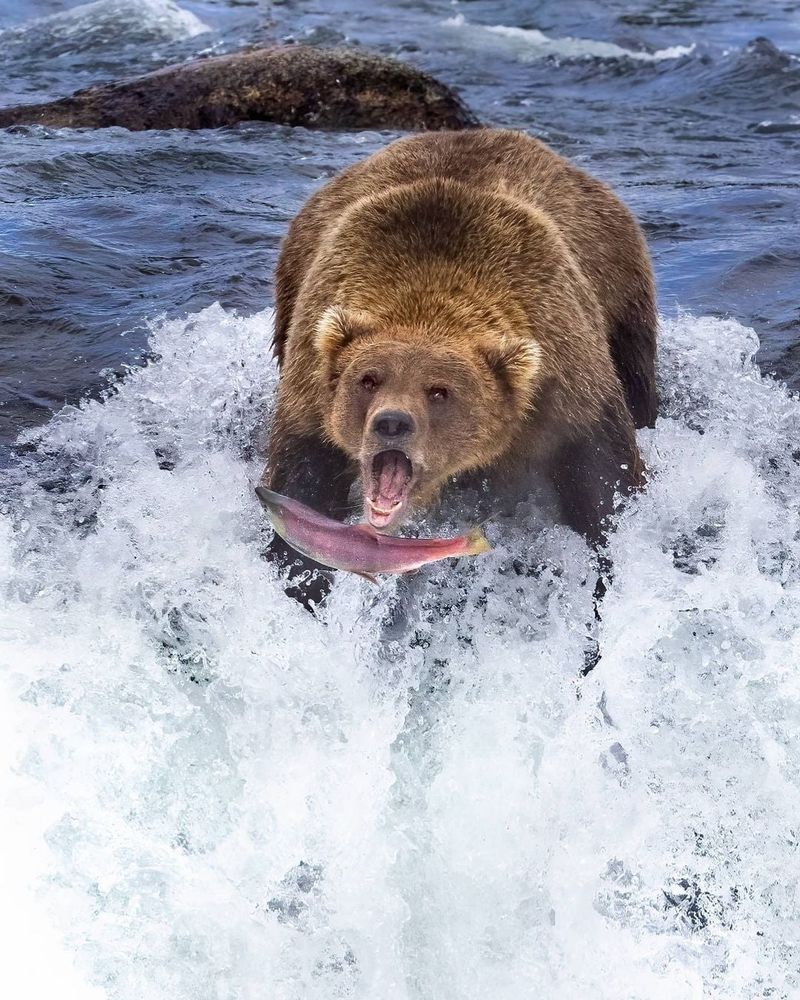
The brown bear, with its majestic size, is often seen as a symbol of wilderness power. Yet, they are solitary animals, avoiding human encounters when possible.
Conflicts arise only when they feel threatened. These bears are more interested in foraging for berries and fish, playing a critical role in their ecosystems by spreading nutrients.
15. Chimpanzee
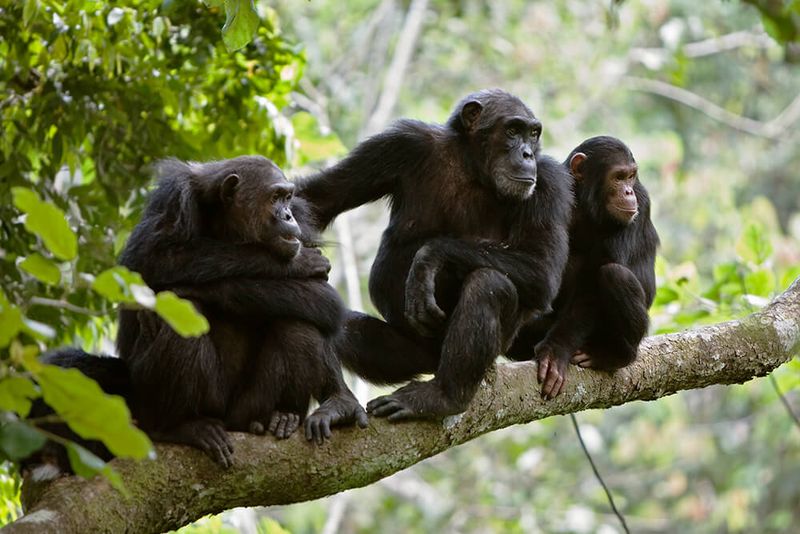
Sharing 98% of our DNA, chimpanzees are intelligent and social creatures. While they can be dangerous if threatened, they generally avoid humans.
Their complex social structures and communication skills are fascinating, as they spend their days foraging and playing. Chimpanzees are more interested in their communities than in causing harm to people.
16. Jellyfish
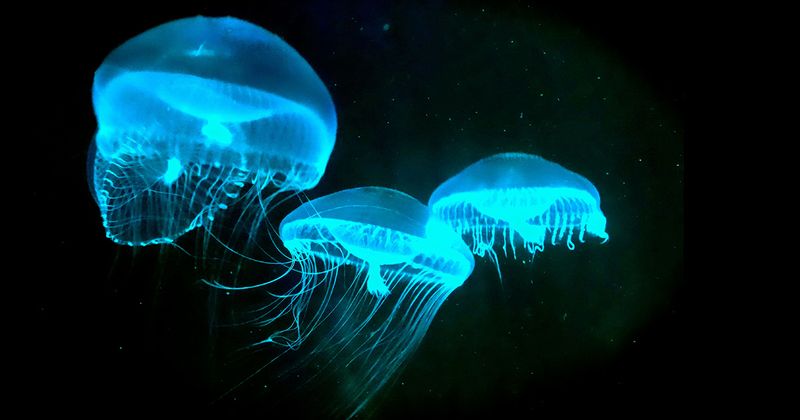
Jellyfish drift through the oceans with an almost alien grace. While their stings can cause discomfort, only a few species are dangerous to humans.
Most jellyfish are harmless and play an essential role in marine ecosystems. Their mesmerizing movement and delicate beauty remind us of the ocean’s wonders, rather than dangers.
17. Platypus
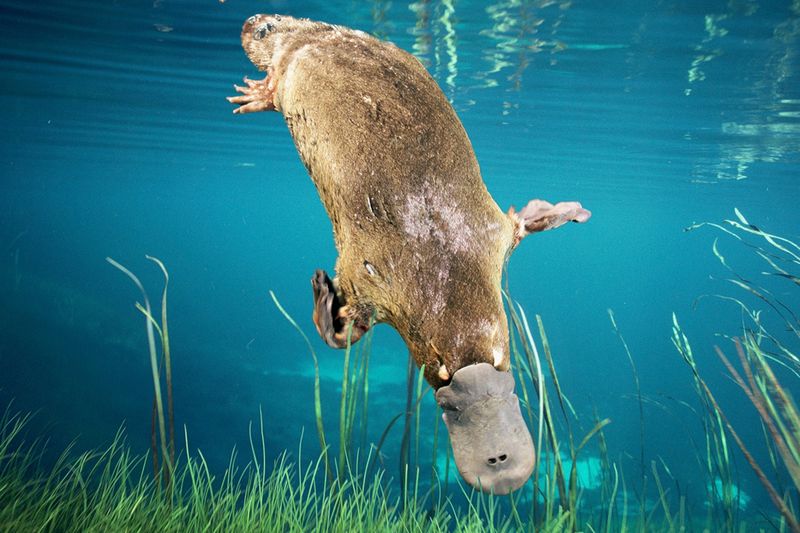
The platypus, with its duck-bill and beaver-like tail, is a true oddity of nature. Male platypuses have venomous spurs, yet they pose little threat to humans.
They are shy creatures, spending most of their time hunting for insects and crustaceans underwater. These unique mammals are more curious oddballs than dangers in the wild.


